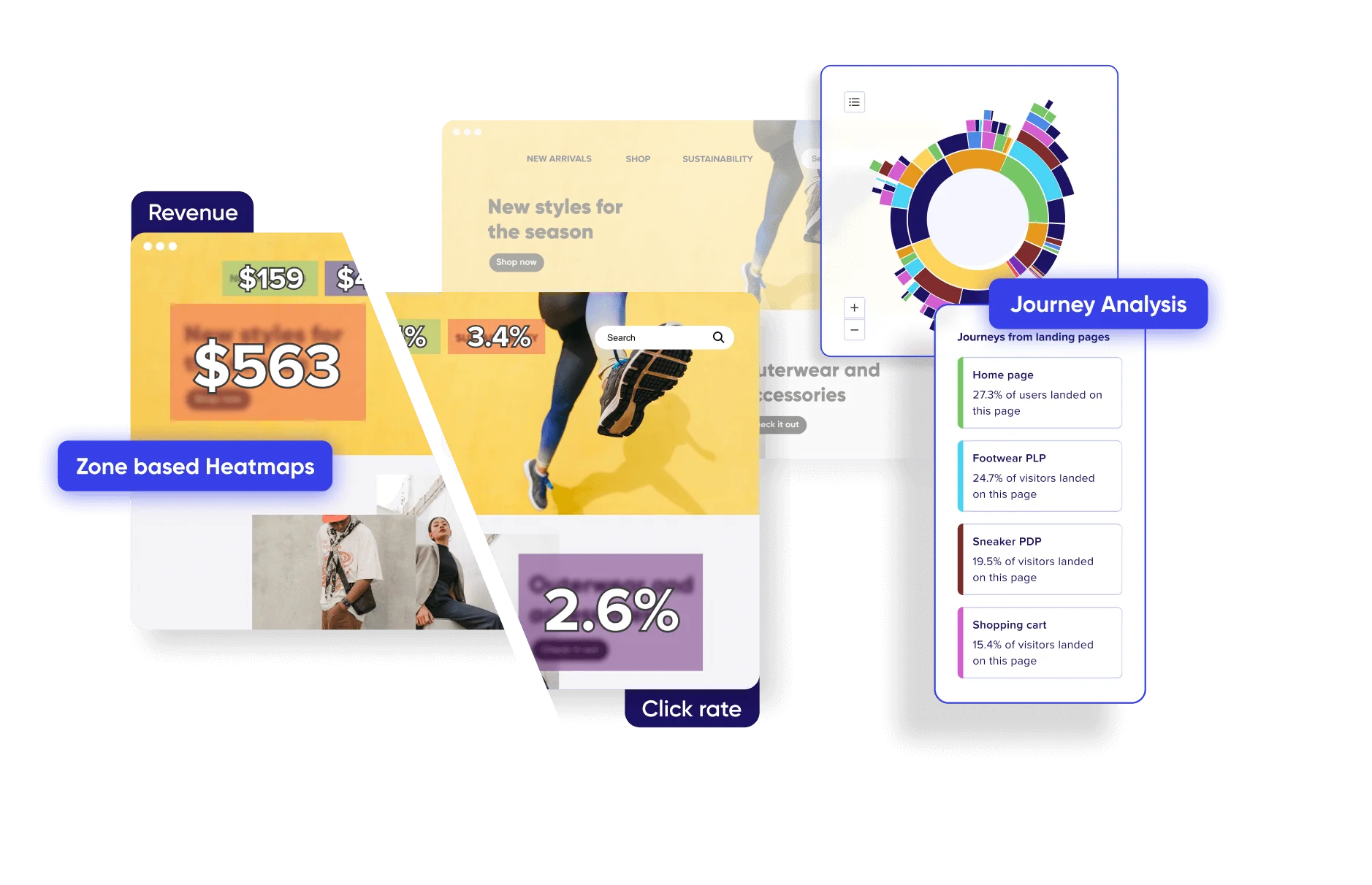
Know what drives engagement and abandonment on your sites and mobile apps.

If you’re not targeting the right audience, your marketing efforts may be wasted. Segmentation marketing is a strategy that helps you divide your target audience into smaller, more manageable groups (segments) based on shared characteristics, such as demographics, behavior, or interests.
By doing so, you can tailor your marketing efforts to these segments and increase your chances of reaching your ideal customer. In this article, we’ll explore the benefits of segmentation marketing, how to identify your ideal customer, and how to effectively target them with your marketing efforts.
Segmentation marketing offers numerous benefits, including:

Know what drives engagement and abandonment on your sites and mobile apps.
To effectively target your ideal customer, you must first identify them. This involves understanding their demographics, such as age, gender, income, education level, and location, and their psychographics, such as personality, values, interests, and behaviors. Here are three steps to help you identify your ideal customer:
Once you have identified your ideal customer, you can tailor your marketing efforts to their needs and preferences. Here are three ways to effectively target your ideal customer:
Segmentation marketing is a powerful way to reach your ideal customer by dividing your target audience into manageable segments and tailoring your marketing efforts to each segment’s needs and preferences. By identifying your ideal customer, creating a customer persona, and targeting the right marketing channels, you can increase the effectiveness and success of your marketing campaigns. Whether you are a small business or a large corporation, segmentation marketing can help transform your business into a powerhouse of growth and revenue.

Know what drives engagement and abandonment on your sites and mobile apps.
